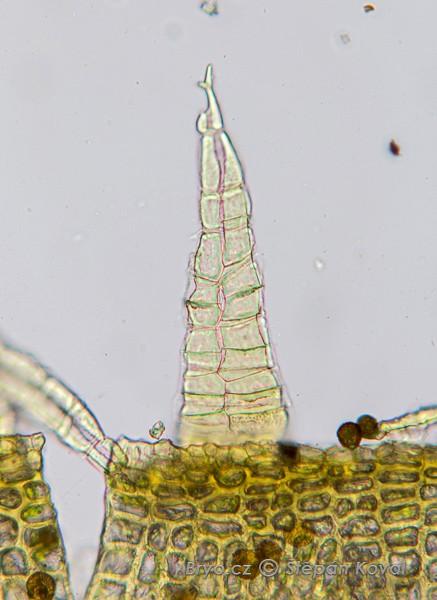
3869_Orthotrichum_rupestre_2016_02_21_8906.jpg from: https://www.bryo.cz/index.php?p=mechorosty_foto&site=default&gallery=orthotrichum_rupestre&id=3869
Introduction
The world of mosses is a fascinating one, filled with tiny, resilient plants that have been around for millions of years. Among these ancient survivors is the Orthotrichum rupestre Schleich. ex Schwägr., a member of the Orthotrichaceae family, commonly known as the Orthotrichum moss. This unassuming yet remarkable species has captured the interest of bryologists and nature enthusiasts alike, thanks to its unique characteristics and ecological significance.
Background
Before delving into the details of this moss, it’s essential to understand its place in the plant kingdom. Orthotrichum rupestre belongs to the phylum Bryophyta, which encompasses mosses, liverworts, and hornworts. These non-vascular plants are often overlooked but play crucial roles in various ecosystems, serving as pioneers in colonizing new environments and contributing to soil formation and water retention.
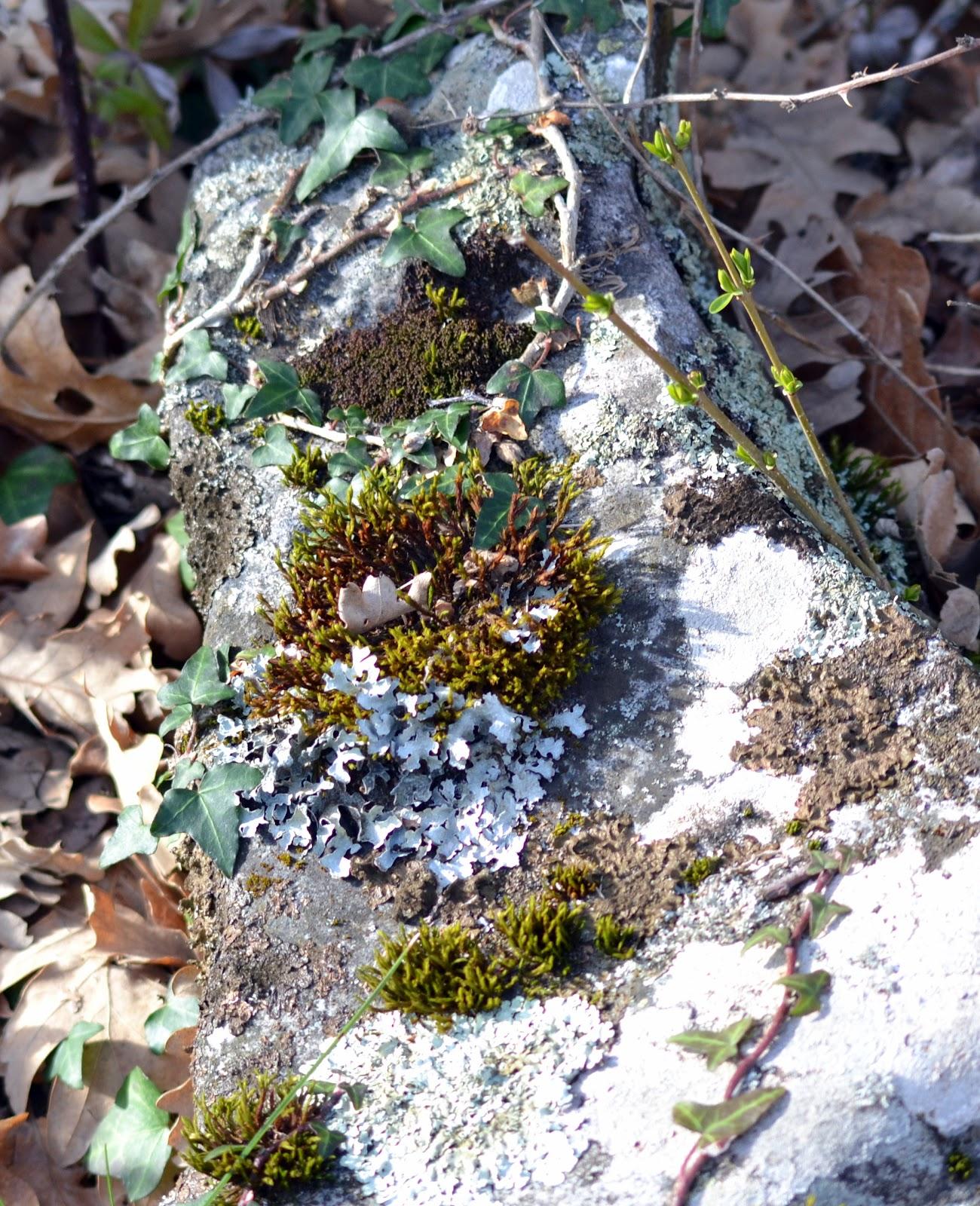
DSC_0640.JPG from: https://enelmoncayo.blogspot.com/2012/04/orthotrichum-rupestre-schleich-schwagr.html
Main Content
Morphology and Identification
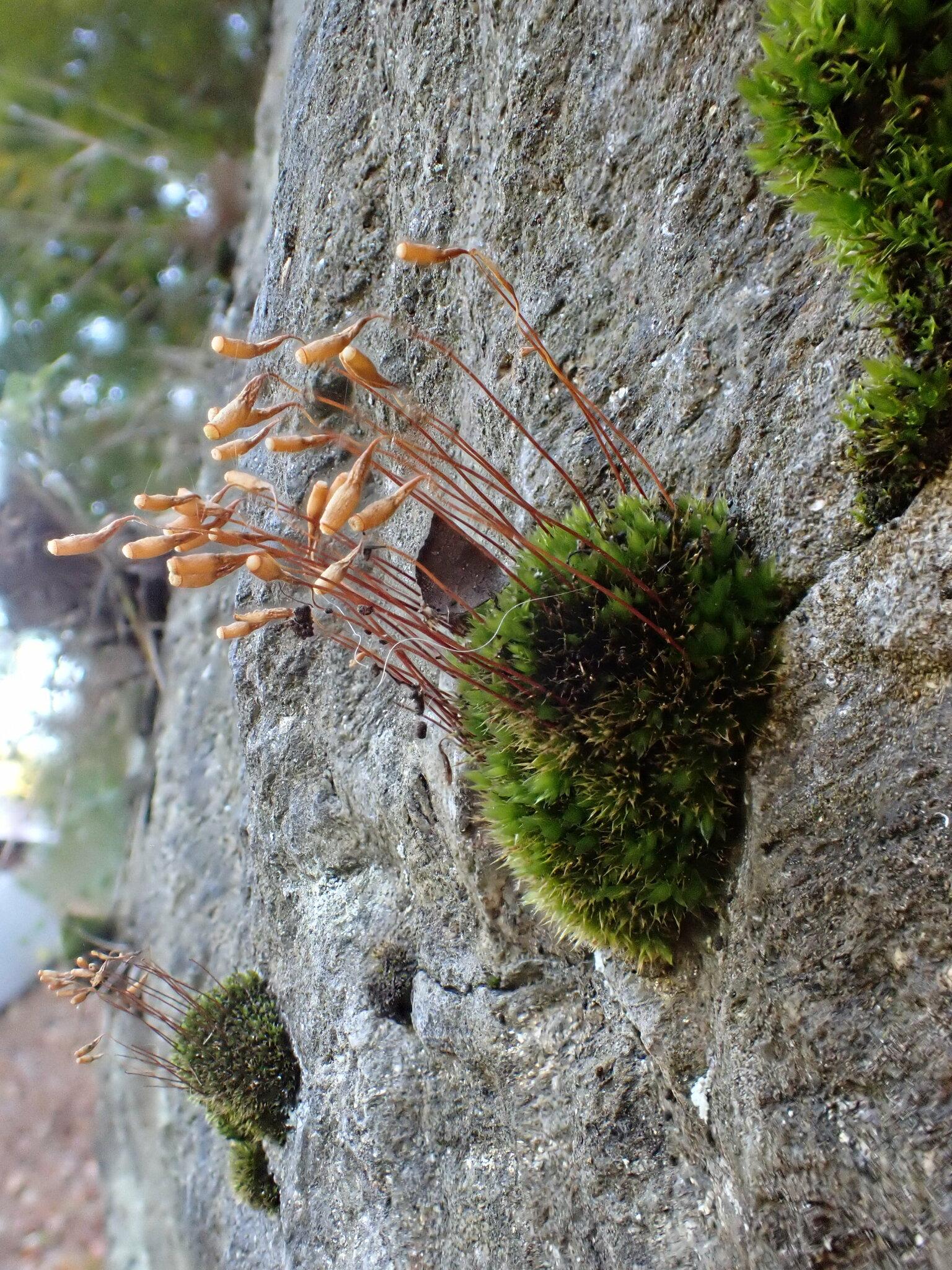
original.jpeg from: https://www.gbif.org/es/species/7795532
Orthotrichum rupestre is a small, acrocarpous moss that forms dense, cushion-like tufts or mats. Its stems are erect and can reach up to 2 centimeters in height. The leaves are lanceolate, with a distinctive feature – they are
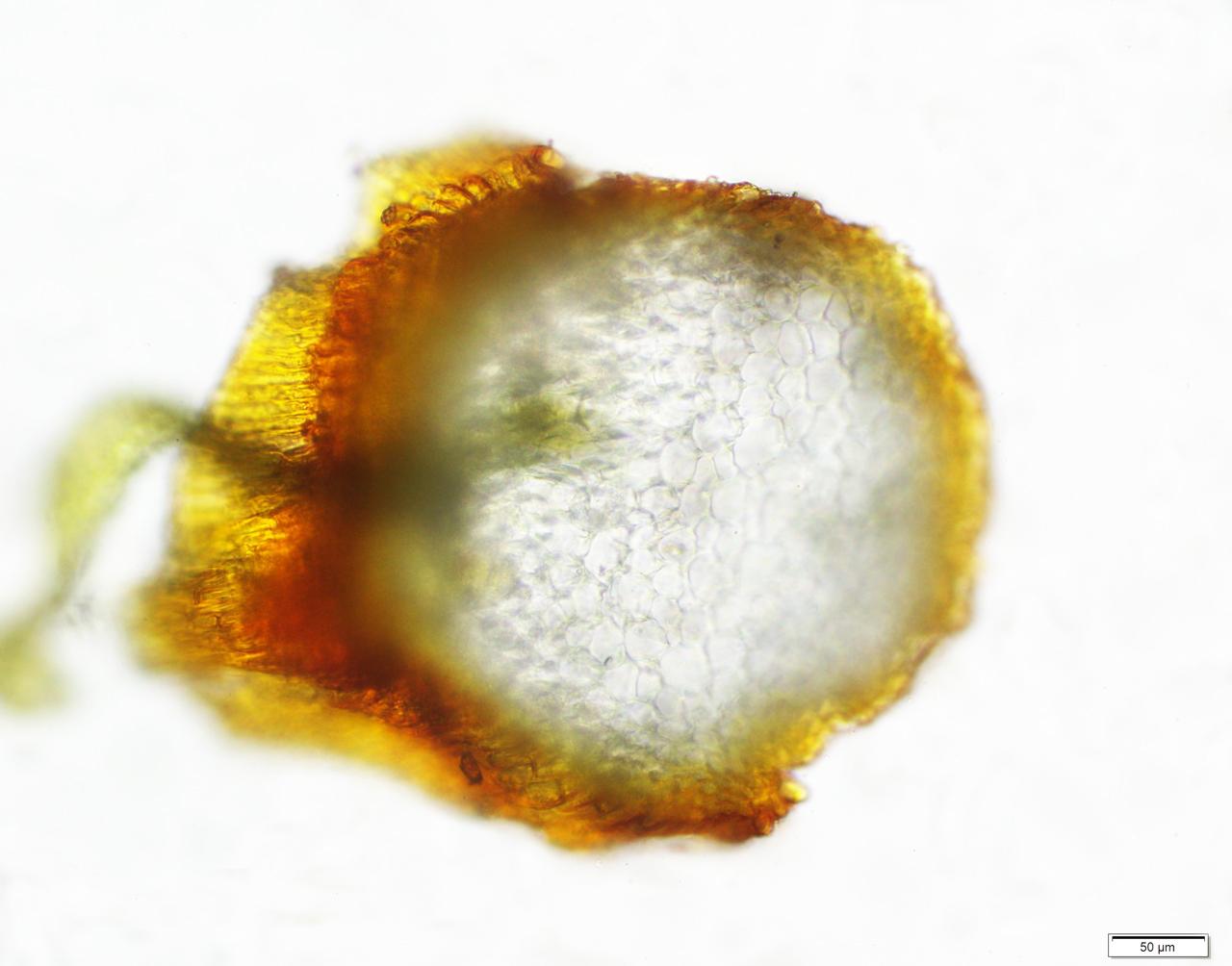
o_rupestre5.jpg from: https://admissions.wnmu.edu/academic/nspages/gilaflora/orthotrichum_rupestre.html
revolute (rolled inward along the margins) when dry, and spreading
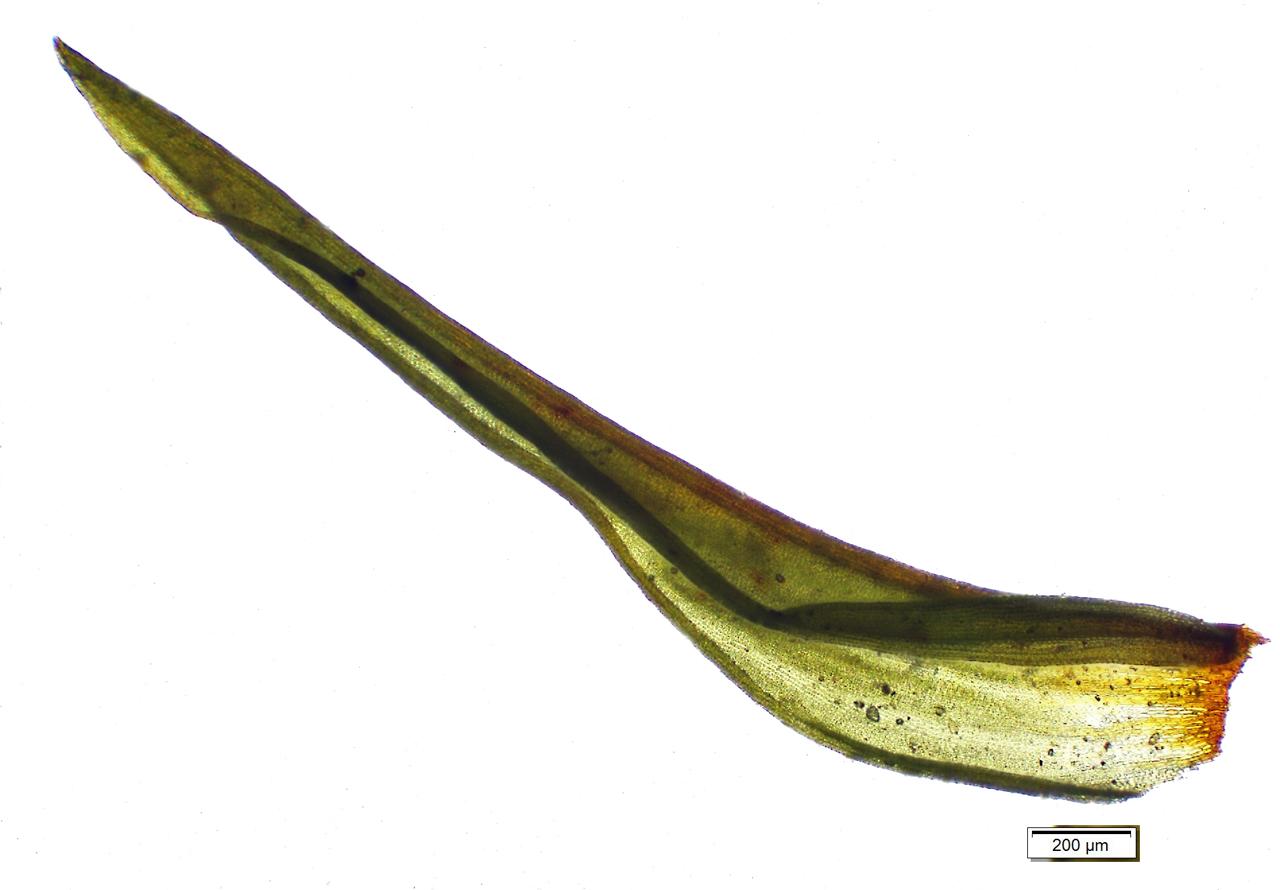
o_rupestre2.jpg from: https://wnmu.edu/academic/nspages/gilaflora/orthotrichum_rupestre.html
when moist. This adaptation helps the moss conserve water and protect its delicate reproductive structures.
One of the most striking characteristics of Orthotrichum rupestre is its calyptra, a cap-like structure that covers the developing sporophyte (the spore-bearing structure). The calyptra is hairy and mitrate (elongated and pointed), making it easy to identify this species among its relatives.
Global Distribution and Habitat
Orthotrichum rupestre is widely distributed across the Northern Hemisphere, including Europe, Asia, and North America. It is commonly found growing on rocks, tree bark, and even man-made structures like walls and roofs. This moss thrives in areas with moderate humidity and prefers slightly acidic substrates.
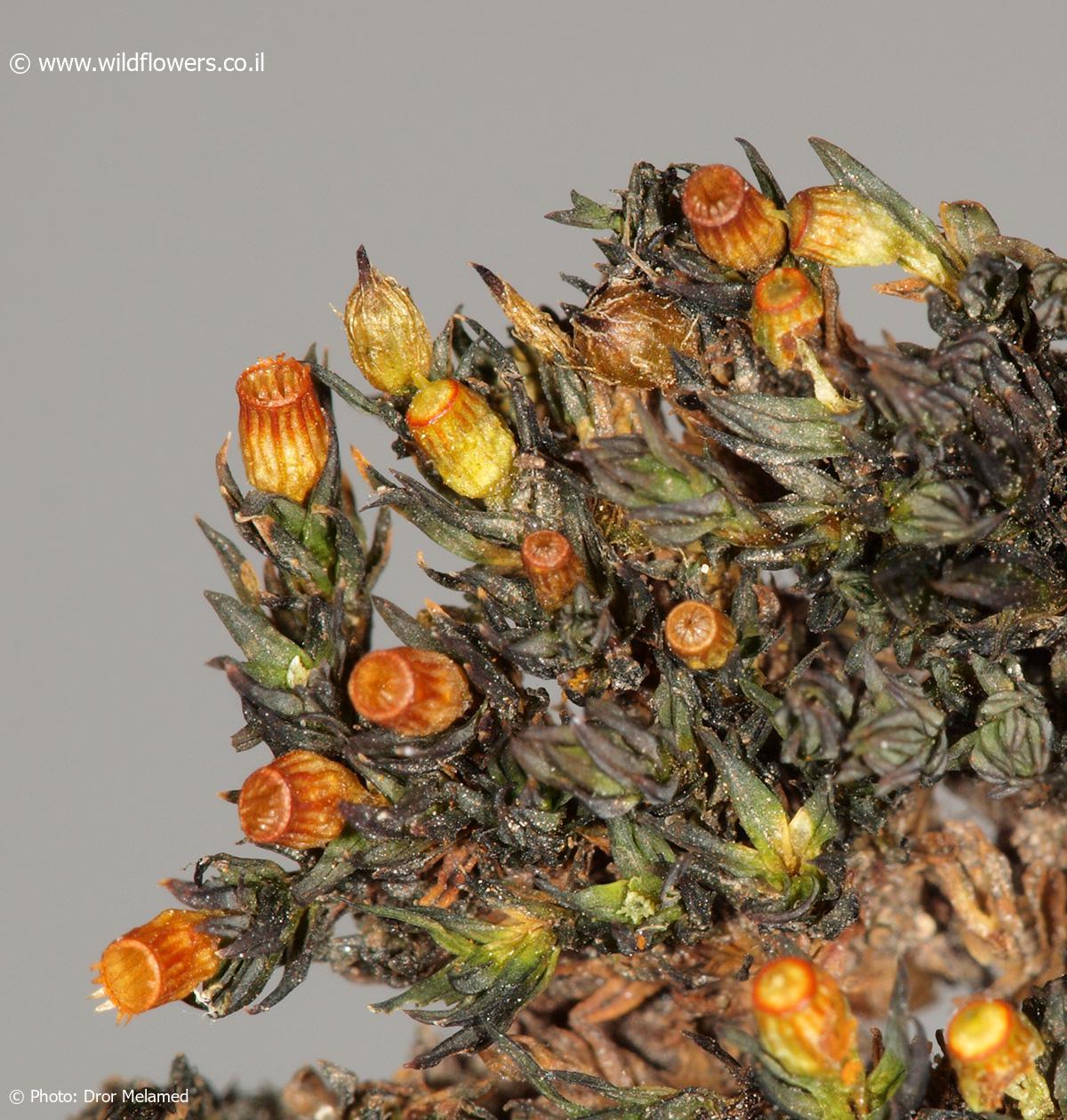
3315-l-4.jpg from: https://www.wildflowers.co.il/hebrew/picture.asp?ID=19799
Ecological Roles and Adaptations
Despite its small size, Orthotrichum rupestre plays an essential role in its ecosystem. As a pioneer species, it helps colonize bare surfaces, paving the way for other plants to establish themselves. Additionally, its dense mats provide microhabitats for various invertebrates, contributing to biodiversity.
One of the remarkable adaptations of Orthotrichum rupestre is its ability to tolerate desiccation. During dry periods, the moss can enter a state of dormancy, curling up its leaves to minimize water loss. When moisture returns, it quickly revives, resuming its photosynthetic activities and growth.
Case Studies/Examples
In urban environments, Orthotrichum rupestre has been observed growing on historic buildings and monuments, where it can sometimes be considered a nuisance due to its potential for causing damage to the structures. However, in natural settings, this moss is often celebrated for its ability to colonize and stabilize rocky outcrops, preventing soil erosion and providing a foothold for other plant species.
Technical Table
| Characteristic | Description |
|---|---|
| Phylum | Bryophyta |
| Class | Bryopsida |
| Order | Orthotrichales |
| Family | Orthotrichaceae |
| Genus | Orthotrichum |
| Species | rupestre |
| Growth Form | Acrocarpous, cushion-like tufts or mats |
| Leaf Shape | Lanceolate, revolute when dry, spreading when moist |
| Calyptra | Hairy, mitrate (elongated and pointed) |
| Habitat | Rocks, tree bark, walls, roofs |
| Distribution | Northern Hemisphere (Europe, Asia, North America) |
Conclusion
The Orthotrichum rupestre Schleich. ex Schwägr. moss, a member of the Orthotrichaceae family, may be small in stature, but its impact on the natural world is significant. From its unique morphological features to its ecological roles and adaptations, this unassuming plant has captured the hearts and minds of bryologists and nature enthusiasts alike. As we continue to explore and appreciate the diversity of life on our planet, the Orthotrichum rupestre serves as a reminder of the resilience and beauty that can be found in even the most unassuming of organisms.
Ponder this: In a world where we often overlook the smallest of creatures, what other wonders might we be missing, and how can we cultivate a deeper appreciation for the intricate web of life that surrounds us?